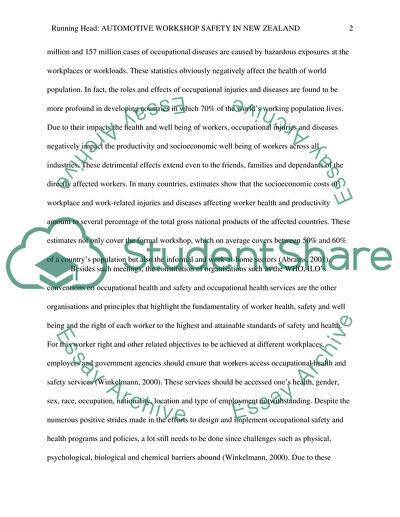Cite this document
(“Health and Safety in Automotive Workshops in New Zealand Assignment”, n.d.)
Health and Safety in Automotive Workshops in New Zealand Assignment. Retrieved from https://studentshare.org/human-resources/1802948-health-and-safety-in-automotive-workshops-in-new-zealand
Health and Safety in Automotive Workshops in New Zealand Assignment. Retrieved from https://studentshare.org/human-resources/1802948-health-and-safety-in-automotive-workshops-in-new-zealand
(Health and Safety in Automotive Workshops in New Zealand Assignment)
Health and Safety in Automotive Workshops in New Zealand Assignment. https://studentshare.org/human-resources/1802948-health-and-safety-in-automotive-workshops-in-new-zealand.
Health and Safety in Automotive Workshops in New Zealand Assignment. https://studentshare.org/human-resources/1802948-health-and-safety-in-automotive-workshops-in-new-zealand.
“Health and Safety in Automotive Workshops in New Zealand Assignment”, n.d. https://studentshare.org/human-resources/1802948-health-and-safety-in-automotive-workshops-in-new-zealand.


